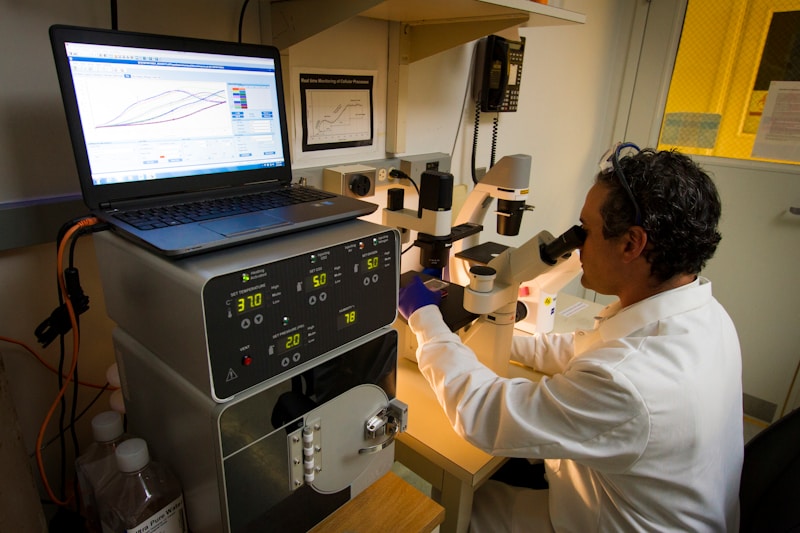Questions and Answers
What two particles make up the nucleus of an atom?
Protons and neutrons
Which subatomic particle carries a positive charge in an atom?
Protons
In an atom, where are protons and neutrons located?
In the nucleus
Which subatomic particle contributes significantly to the mass and stability of an atom?
Signup and view all the answers
What determines an atom's identity by specifying its place on the Periodic Table?
Signup and view all the answers
Where do electrons whirl around in an atom?
Signup and view all the answers
What does the atomic number uniquely represent in an atom?
Signup and view all the answers
In an atom, what is the mass number a sum total of?
Signup and view all the answers
As you move outward from the nucleus of an atom, what happens to electron occupation?
Signup and view all the answers
How do chemists use the atomic number to define an element's placement on the periodic table?
Signup and view all the answers
Why is understanding atomic structure important in chemistry?
Signup and view all the answers
Study Notes
Atomic Structure in Chemistry: Unraveling Matter's Building Blocks
Atom, the smallest unit of matter that forms all things around us. To fathom such complexity with our simplest building blocks, we begin by exploring their intricate inner workings—their atomic structure, which reveals secrets hidden within chemical bonds and elemental behavior. Let's dive into this fascinating world where electrons orbit nuclei like planets around the sun.
An atom is composed of two parts: the positively charged nucleus, containing protons and neutrons, and one or more negatively charged particles called electrons that circle it in various energy levels known as orbitals.
Nuclear Particles
The nucleus mostly comprises protons (p+) and neutrons (n⁰), both residing in its center. Protons carry positive charge; they determine an atom's identity by specifying its place on the Periodic Table. Neutrons have no electric charge but contribute significantly to mass and stability. Hydrogen, the lightest element, possesses only a single proton in its nucleus, whereas heavier elements increase their nuclear bulk through extra protons and neutrons.
Electronic Arrangement
Electrons whirl around the nucleus in specific energy states identified as shells or electron orbitals. These orbitals form distinct layers, each capable of holding up to a given maximum number of electrons. A typical atom will have several electrons filling these layers starting from the innermost one, closest to the nucleus. As you progress outward, electron occupation becomes less dense yet higher in energy level.
Atomic Number and Mass Number
To describe any atom precisely, chemists utilize its atomic number ((Z)) and mass number ((A)). Atomic number corresponds uniquely to the number of protons present in the nucleus, thereby defining an element's placement on the periodic table. On the other hand, mass number refers to the sum total of protons and neutrons found in the atom's nucleus.
Understanding atomic structure provides valuable insights into how atoms combine to form molecules and compounds essential for life and chemistry itself. By comprehending the unique arrangement of electrons surrounding each nucleus, scientists can predict reactions, bond formation, and properties that shape our physical world.
Studying That Suits You
Use AI to generate personalized quizzes and flashcards to suit your learning preferences.
Description
Explore the intricate inner workings of atoms by delving into their atomic structure, including the nucleus, protons, neutrons, electrons, orbitals, atomic number, and mass number. Understand how this fundamental knowledge of matter's building blocks is crucial for predicting reactions, bond formations, and properties in the field of chemistry.




